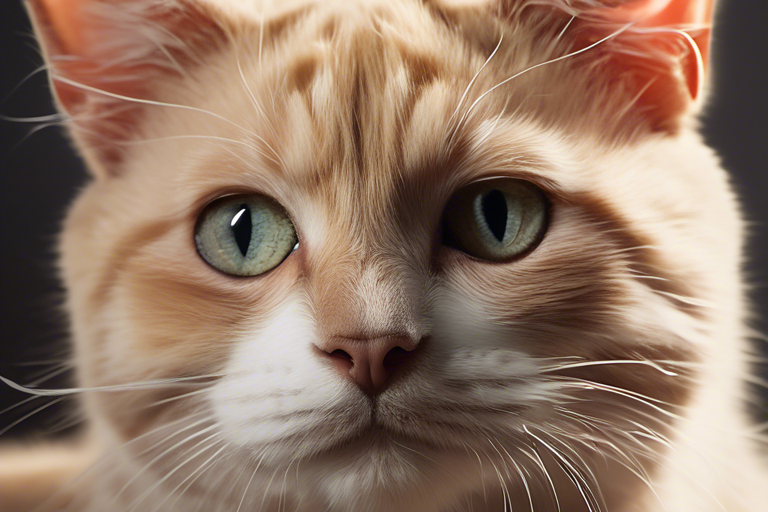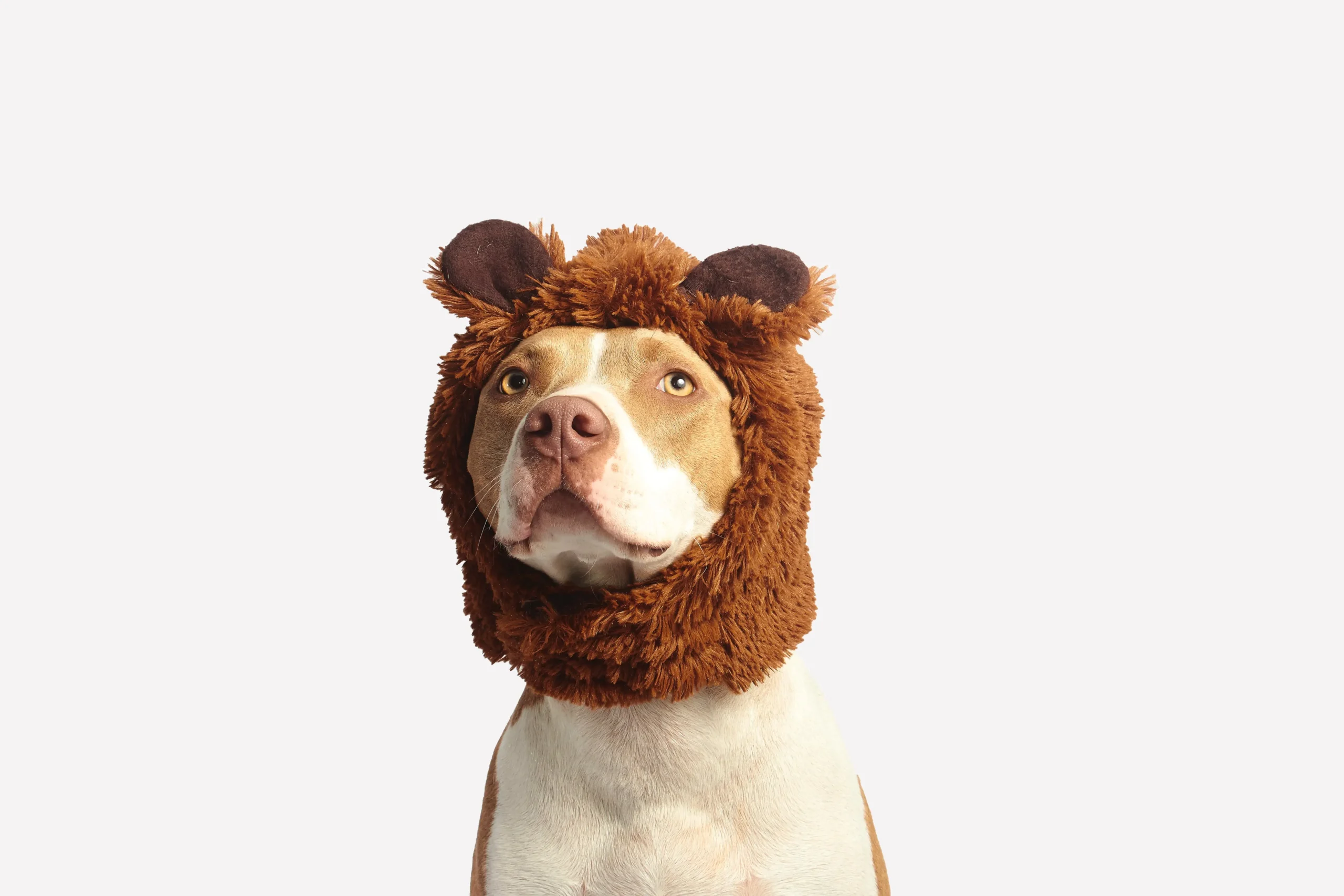Introduction to cat body language
Cats are mysterious creatures that have fascinated humans for centuries. They have a unique way of communicating through their body language, which can often leave us perplexed. Understanding the secret language of cats is essential for any cat owner or enthusiast. In this article, we will delve into the fascinating world of cat body language, decoding their facial expressions, tail movements, ear positions, vocalizations, body postures, and gestures. By the end of this article, you will have a better understanding of what your furry friend is trying to tell you.
Understanding the different types of cat body language
Cats have a wide range of body language cues that they use to communicate their emotions and intentions. These cues can be broadly classified into facial expressions, tail movements, ear positions, vocalizations, body postures, and gestures. By decoding these different types of cat body language, we can gain insight into their feelings and needs. Let’s explore each of these categories in detail.
Decoding facial expressions
A cat’s face can reveal a wealth of information about their mood and intentions. The eyes, whiskers, and mouth all play a role in conveying different emotions. For example, dilated pupils indicate excitement or fear, while narrowed eyes may signify aggression. Similarly, a relaxed mouth with slightly open lips indicates contentment, whereas a tense mouth with lips pulled back may signal aggression. By paying close attention to your cat’s facial expressions, you can better understand their emotional state.
Interpreting tail movements
The tail is a vital tool for cats to express their emotions. The position, movement, and shape of the tail can convey a variety of messages. A relaxed and gently swaying tail indicates a calm and content cat, while a puffed-up or bristled tail signifies fear or aggression. Wagging tails can be a sign of excitement or annoyance, depending on the speed and intensity of the wag. Understanding the nuances of tail movements can help you gauge your cat’s emotions accurately.
The significance of ear positions
Cats have highly expressive ears that can reveal a lot about their mood. The position and movement of their ears can indicate whether they are feeling relaxed, alert, fearful, or aggressive. Ears held forward or slightly to the side signify a calm and content cat, while flattened or backward-facing ears indicate fear or aggression. By observing your cat’s ears, you can decipher their emotional state and respond accordingly.
Reading cat vocalizations
Cats have a wide range of vocalizations, each serving a different purpose. Meowing is the most common vocalization and is primarily used to communicate with humans. Different types of meows can convey hunger, affection, or even annoyance. Purring is a sign of contentment and relaxation while hissing or growling indicates fear or aggression. By paying attention to the different vocalizations your cat makes, you can better understand their needs and emotions.
Recognizing body postures and gestures
Cats have a repertoire of body postures and gestures that they use to communicate non-verbally. For example, a cat rolling onto its back with its belly exposed is a sign of trust and submission. On the other hand, an arched back and raised fur indicate fear or aggression. Tail-up greetings are a friendly gesture, while a tail tucked between the legs suggests anxiety. By familiarizing yourself with these body postures and gestures, you can decipher your cat’s intentions and respond appropriately.
Common cat body language signals and their meanings
Understanding common cat body language signals is crucial for effective communication with your feline companion. Here are a few key signals and their meanings:
- Slow blinking: A slow blink from your cat is a sign of trust and relaxation. It is their way of saying they feel safe and comfortable in your presence.
- Kneading: When a cat kneads their paws, it is a sign of contentment and happiness. It is a behavior reminiscent of their kittenhood when they would knead their mother’s belly for milk.
- Tail twitching: A twitching tail can indicate excitement or anticipation. It is often seen when a cat is playing or about to pounce on their prey.
- Ears pointed forward: When a cat’s ears are pointed forward, it means they are alert and interested in something. They are fully engaged and ready to react if necessary.
By familiarizing yourself with these common body language signals, you can better understand your cat’s needs and emotions.
How to respond to different cat body language cues
Responding appropriately to your cat’s body language cues is essential for maintaining a healthy and harmonious relationship. Here are a few tips on how to respond to different cat body language cues:
- Respect their boundaries: If your cat exhibits signs of fear or aggression, it is essential to give them space and not force interactions. Allow them to approach you on their terms.
- Provide comfort and reassurance: When your cat displays signs of anxiety or fear, provide a safe and calm environment. Offer them gentle strokes and soothing words to help them relax.
- Play and engage: Cats often use body language cues to indicate their desire for play and stimulation. Respond by providing interactive toys and engaging in play sessions to keep them mentally and physically stimulated.
- Observe and learn: Every cat is unique, and their body language cues may vary slightly. Take the time to observe and learn your cat’s signals to establish a stronger bond and understanding.
Remember, responding appropriately to your cat’s body language cues is crucial for building trust and maintaining a healthy relationship.
Conclusion and tips for better communication with your cat
Understanding the secret language of cats is a fascinating journey that can deepen your bond with your feline companion. By decoding their facial expressions, tail movements, ear positions, vocalizations, body postures, and gestures, you can gain insight into their emotions and needs. Remember to respond appropriately to their cues, respecting their boundaries and providing comfort when needed. By doing so, you can establish a stronger and more harmonious relationship with your cat.
So, the next time your furry friend communicates with you through their body language, take a moment to decipher their message and respond accordingly. Your cat will appreciate the effort, and your relationship will flourish.
CTA:
To further enhance your understanding of cat body language, join our online workshop on “Decoding the Secret Language of Cats.” Gain valuable insights from experts in the field and learn practical techniques to communicate effectively with your feline companion. Don’t miss this opportunity to strengthen your bond with your cat. Sign up now!




2 thoughts on “Decoding the Secret of Cat Body Language: Understanding Their Body Language”